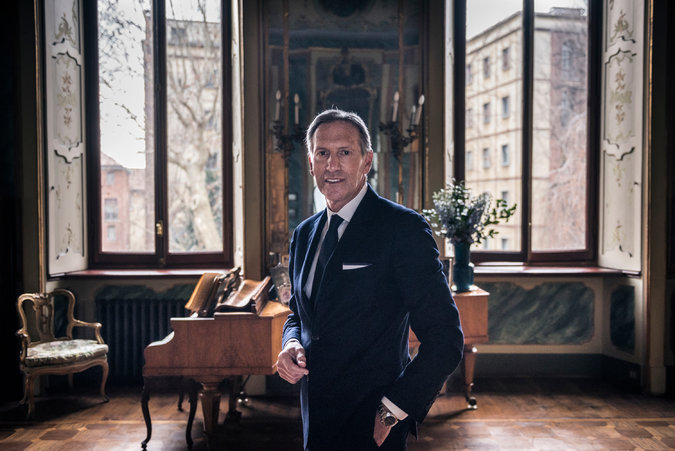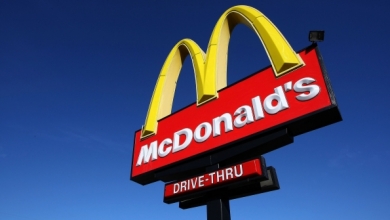With Humility, Starbucks Will Enter Italian Market

MILAN — Standing in the art-soaked splendor of a Milanese parlor as an array of A-list Italian business leaders listened intently, Howard D. Schultz, chairman and chief executive of Starbucks, recited a remarkable statistic on Friday: Each week, roughly 90 million people pass through a Starbucks somewhere on earth.
Equally remarkable, given that Starbucks operates in 70 countries, is this: Not one of those people is in Italy, a country where coffee culture is central to daily life, and that represents something of a coffee holy grail to Mr. Schultz. Italy, land of the perfect espresso and the exquisitely frothy cappuccino, is a Starbucks-free nation.
Or it was. Mr. Schultz swooped into Milan during Fashion Week to announce that Starbucks would open its first coffee shop in Italy early next year, in Milan. Given that Starbucks is opening 500 stores a year in China, the Milan venture might seem like a nice little ornament. But for Mr. Schultz, coming to Italy is personal. It is also delicate — and a bit of a risk.
“There are very few markets and stores that I’m as intimately involved in as this,” he said in an interview after the announcement. He added, “We’re going to come here with great humility.”
Starbucks has always been careful in Europe, aware that the Continent’s coffee aficionados have refined tastes and an abundance of good coffee shops — and might take offense at the idea that an American company is needed for a better espresso. Yet Starbucks has marched successfully into Britain, France and Germany, and it has even found success in Vienna, the Austrian capital, which gave birth to the coffeehouse.
Italy, though, is Italy.
“I think young people will try it out, for curiosity,” said Orlando Chiari, the 82-year-old owner of Camparino, a century-old coffee bar in central Milan, “but I doubt it will become a major player in Italy.”
Mr. Chiari, impeccable in a gray suit and light blue shirt, said that about 1,500 clients came to his bar every day, and that few were titillated by “new trends.” He decided against deliveries of the sports drink Red Bull because it simply would not sell at Camparino.
“We worship coffee in Italy, while Americans drink coffee on the go in large cups,” he elaborated. “It’s two extremely different cultures.”
Read entire article at The New York Times.
Written by Jim Yardley, February 28, 2016
MEDIA CONTACT:
KATY LASEE | MARKETING DEPT.
651 554 8533
KRLasee@traveltags.com
TAGS:
Global,
trends






